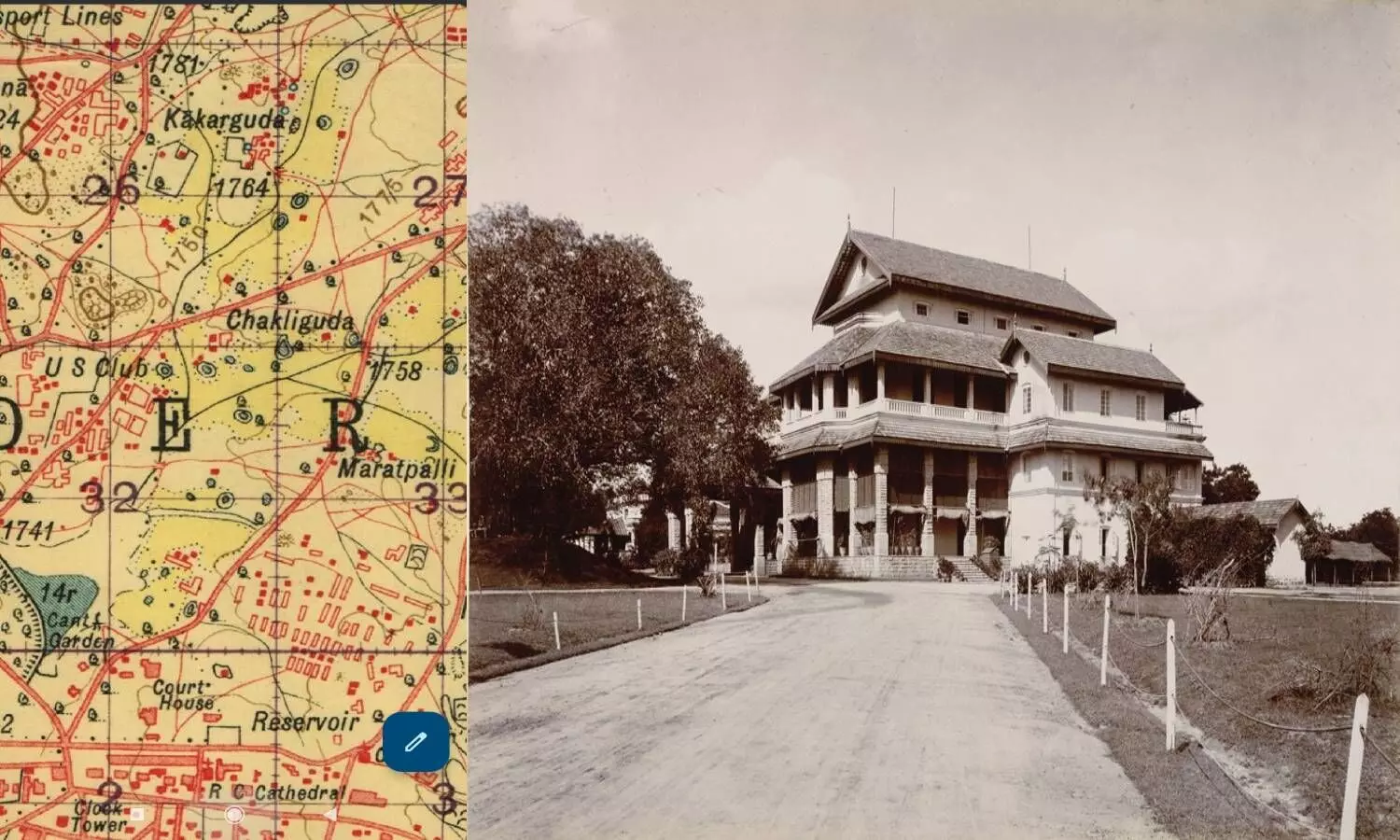Secunderabad's cosmopolitan heritage gutted down: Pankaj Sethi
Secunderabad Club was not a historical monument. Nevertheless, it was a proud reminder of Secunderabad's cosmopolitan heritage. Here is to hoping that like a phoenix it will rise from its own ashes and will be restored.
By Pankaj Sethi
A part of Secunderabad's heritage was gutted when a fire destroyed the main building of Secunderabad Club at 3 am this morning.
Secunderabad is different from Hyderabad because of its origin and its development trajectory.
Set up as a result of the Treaty of Subsidiary Alliance, between the aging second Nizam Ali Khan and the East India Company, Secunderabad was the name given to the area where British "Subsidiary Troops" that were to be stationed in Hyderabad, were to be housed. The garrison or _lashkar_ area was named Sikandrabad after the 3rd Nizam Sikandar Jah.
Hyderabad was a sovereign, independent princely state, and never became part of British India.
The cosmopolitan character of Secunderabad was assured by the Treaty itself because it made Secunderabad a "duty-free area" - the Treaty specified that no customs duties would be charged on goods and services coming into Secunderabad for the use of troops. Naturally, this attracted businessmen from all over the country. The Parsis, Marwaris, Mudaliars - all came in to reap the benefits of a new town coming up from scratch.
The enclosed extract from a survey map of 1919 shows the Club as US (United Services) Club. As is evident, it was originally open only to British Servicemen. Later it was opened to other British officers from Railways, Telegraph, etc., and the name changed to Secunderabad Club.
The place where the Secunderabad Club is located was earlier the hunting lodge of Nawab Salarjung, located in Thokatta village. The Nawab donated it for setting up a club. Initially called United Services Club, it was, as the name suggests, open only to British Servicemen. Later it was opened to other British officers from the Railways, Post and Telegraph, etc. However, entry remained barred to Indians (as a reaction to which Deccan Club was set up!).
1878: Historic main building of the Secunderabad Club which was tragically gutted by fire earlier today. It is one of the 5 oldest such clubs in India with Bengal Club of Calcutta the oldest.
— Dr Andrew Fleming (@Andrew007Uk) January 16, 2022
cc. @IndiaHistorypic pic.twitter.com/Iii7xX5XyU
Post-independence, the Club opened its doors to Indians. For a long time, it served as a place where people could meet, discuss, and relax. Its extensive sports facilities were well utilised and its library was famous. Its architecture was reminiscent of a different era where space was not at a premium and openness was a necessity. Just to the Club's southeast was a small lake and a hill, both of which are gone, and the place now houses the Jubilee Bus Stand.
Secunderabad Club was not a historical monument. Nevertheless, it was a proud reminder of Secunderabad's cosmopolitan heritage.
Here is to hoping that like a phoenix it will rise from its own ashes and will be restored.